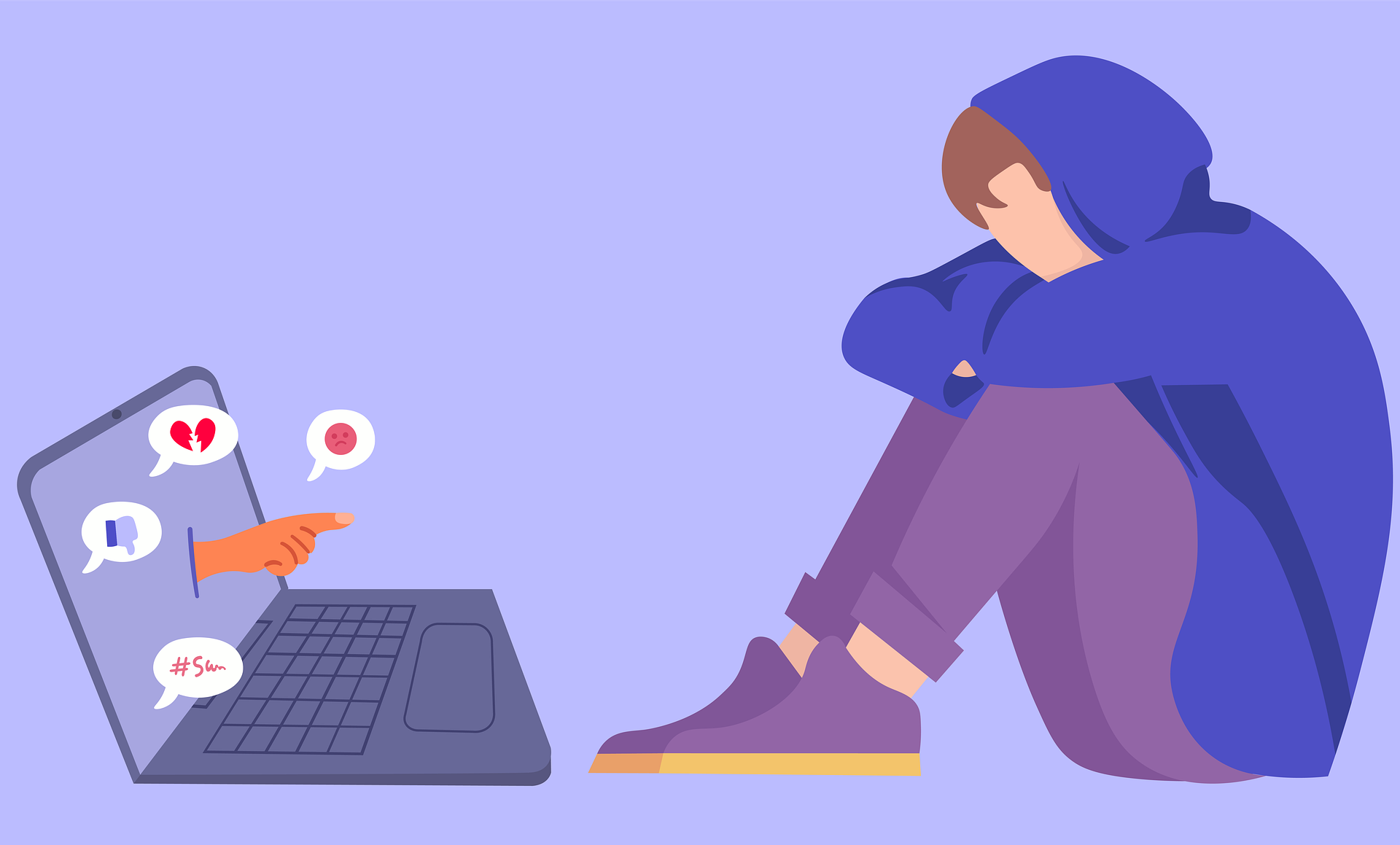Julius Cerniauskas, CEO, Oxylabs discusses the dangers of the internet for children and how cooperation between government bodies, the private sector and the mainstream public can reduce hazards and increase security, tying into this year’s theme – “Together For A Better Internet”
Tuesday, February 9th, 2021 marked Safer Internet Day. The event, which was initiated in 2004 by the EU SafeBorders project, has grown considerably since its inception 18 years ago and is now recognised in 170 countries worldwide. Its popularity and message also led to it being taken up by the Insafe network.
Creating a safe online environment for kids requires a deep understanding of the type of world we now live in and how the internet affects their perceptions
Insafe is a European network of Safer Internet Centres (SICs). Each national centre implements awareness and educational campaigns, runs a helpline, and works closely with the youth to ensure that solutions towards creating a better internet involve all stakeholders.
This year’s theme - "Together For A Better Internet" - calls for increased cooperation between government bodies, the private sector and the mainstream public to reduce hazards and increase security on the internet. As a leading provider of proxies for public data extraction, Oxylabs is proud to contribute efforts towards making the internet safer for everyone - especially children.
The dangers of the internet for children
While the pace of technology is overwhelming for many adults, it is children that can be especially affected. Creating a safe online environment for kids requires a deep understanding of the type of world we now live in and how the internet affects their perceptions. A comprehensive analysis of the digital landscape is required in order to create solutions for the hazards children face online that can include: Cyberbullying.
One in seven young people in the United States have experienced unwanted sexual solicitation while one in 25 children describe those solicitations as being aggressive to the point of distress
Cyberbullying is the use of language and threats to harass, threaten or intimidate a person online. It takes place most often on social media and in forums. The range of different behaviours is extensive and since the experience is highly subjective, reports can range from 6-30 per cent among internet users.
According to a recent survey by Ipsos, awareness of cyberbullying is increasing around the world and 17 per cent of parents claim that their child has been bullied online.
Sexual solicitation
Sexual harassment online of minors by adults or other older youth can include messages, sending photographs or videos, the disclosure of unwanted information and requests to meet in person. Children - especially younger kids without much supervision - can be even more vulnerable to this type of abuse.
According to an internet safety report referenced by the Brookings Institute, one in seven young people in the United States have experienced unwanted sexual solicitation while one in 25 children describe those solicitations as being aggressive to the point of distress.
Child pornography
Although it is one of the most despicable crimes that exists in the world, child pornography is on the rise. According to statistics from The Internet Watch Foundation (IWF):
- 132,676 confirmed websites contain images and videos of child abuse
- 46% of victims are under 10 years of age
- 92% of the children are girls
- Nine out of ten (89 per cent) of the URLs containing child sexual abuse material were hosted in Europe
The Foundation has warned that the situation may worsen over time, especially during COVID-19 lockdown periods. Along with the IWF, Oxylabs is committed to a “zero-tolerance” policy towards online child abuse and is committed to doing everything we can to put a stop to it.
Editor's note: About Oxylabs
The Communications Regulatory Authority of the Republic of Lithuania (RRT) posted a challenge to the Lithuanian tech industry and Oxylabs accepted.
The task was to create a tool that could automate illegal content detection on the internet that must:
- Operate in the Lithuanian IP address range
- Identify websites that operate in Lithuania
- Be able to recognize illegal visual material
- Send the link (URL) of the illegal visual material to the RRT hotlineOxylabs’ AI-powered solution won
After ten weeks of collaboration, Oxylabs created a first-in-kind prototype that can find and identify illegal visual content using custom-built data acquisition and AI-driven recognition tools.
The goal was to develop a tool which could support the public sector and respective authorities in their mission to clear the entire Lithuanian cyberspace of illegal and damaging content. After countless hours of work, Oxylabs created a fully-functioning, highly effective solution, which showed enormous potential to be applied in various other use cases, benefiting society at large.






Related News
Rising AI Emissions and What to Do About Them
Jul 19, 2024
If this is an AI bubble, then heed the lessons of the dotcom bubble
Apr 07, 2024
The AI revolution is here
Jan 25, 2023